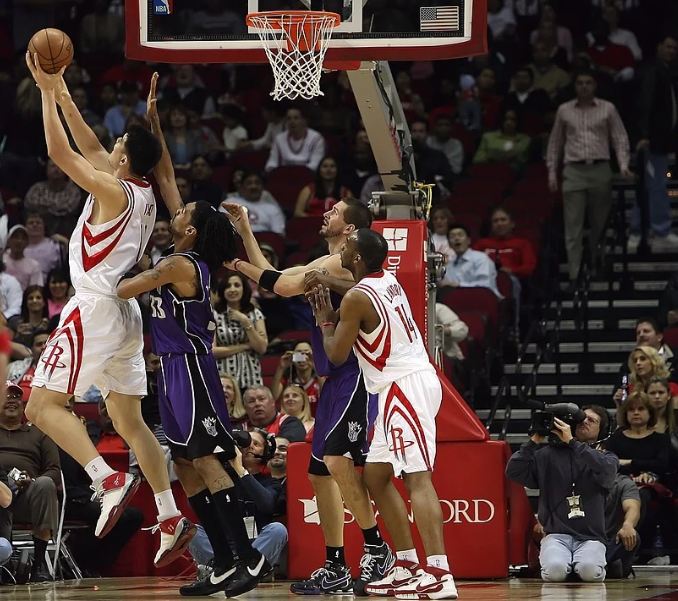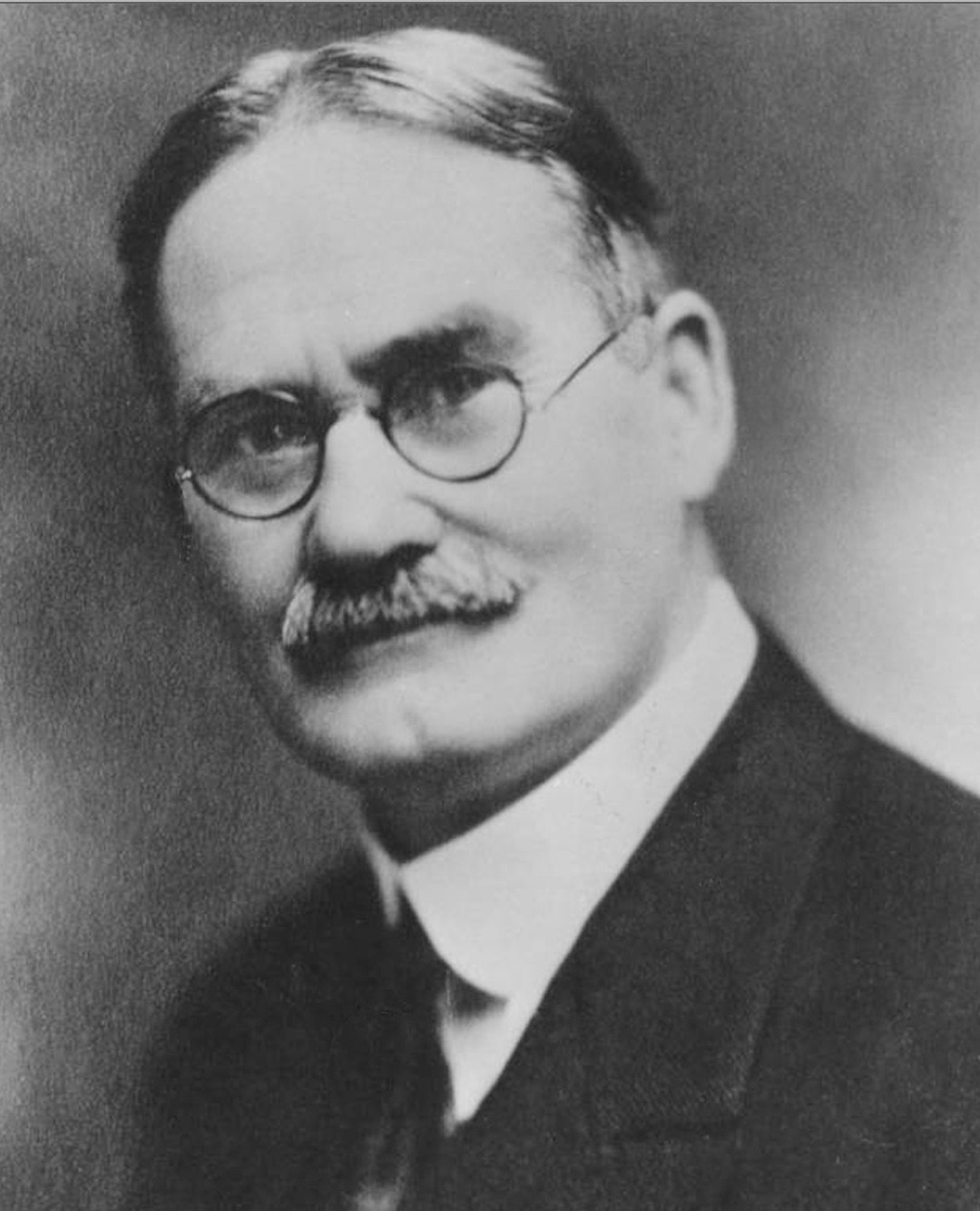The History of Basketball

Basketball is certainly one of the greatest sports ever invented as it brought together people of different colors in one excellent team competition. People have seen the rise of extraordinary athletes whose talents seem to have come only once in a lifetime. From being an originally indoor physical activity, the sports have evolved through the decades, becoming one of the most celebrated sports in the international arena.
Wherever you go, whichever country you land, basketball is there. From the bustling city parks of London to the very outskirts of Manila – almost everywhere you go, you'll be sure to find crowds of young and adult people playing the game on the concrete basketball court. Basketball has become a part of daily living for some countries, and a day never passes by without a game or two. But, when exactly did the game of basketball start? Where did it originate, and who invented the game? This article will take you back to the history of how the game came to be.
THE FATHER OF BASKETBALL
The game's original concept may go back as far as 500 years ago when the Olmec people in Mexico played a similar recreational activity. The ancient civilizations of Aztec and Maya may also have played a game of the exact nature, only that they used human skulls to score instead of a ball. But, the first proper basketball game was invented by a Canadian instructor and doctor, James Naismith, in 1891, during the winter days in Springfield, Massachusetts. The physical instructor introduced the game primarily to keep youngsters active during the cold season in the Young Men's Christian Association (YMCA) training school. Naismith thought to create a physical activity that would involve the physicality of sports like football and the safety of the indoor activity. Hence, the birth of basketball.
BASKETBALL: THE ORIGINAL RULES
The first-ever basketball game happened in the same place. Naismith recounted that the 9-on-9 match was chaos, with students started punching, kicking, and tackling each other in something that turned out to be a brawl. You might as well call it "basketbrawl." Kidding aside, Naismith thought it was a bad sign and was surprised when his students urged him later to let them continue playing. It led Naismith to invent rules for the game to make everything more organized and less chaotic.
The inventor first used a peach basket to serve as the ring where students would shoot the ball. In the early months of the sport, players used a soccer ball. The rules were pretty different as they are today.
Naismith published the following rules within a month after the invention of the game:
1. No part of the body should hold the ball, except for the hands.
2. Players will commit a foul upon striking, pushing, kicking, tripping, or shouldering opponents.
3. Players will be disqualified after committing two fouls, and it will last until the next score was made without substitution.
4. Any attempt to physically harm opponents will amount to disqualification.
5. Foul is also called when the ball is struck with a fist.
6. Team committing three consecutive fouls will have their score counted against them.
7. Goal is counted when the ball stays in the basket. Bouncing out means no goal.
8. Umpires keep track of foul and score records. They are also tasked to throw the ball into play should the team who lost the ball out of bounds is undetermined.
9. The game comprises 15 minutes for each half, with five-minute rest in between.
10. The team with the most goals or scores wins.
By the 1900s, the standard team for the sport became 5-on-5. Substitution means permanent removal from the rest of the game until re-entry was allowed in 1921. Several rules were also redeveloped, including in-game coaching, which was prohibited until it was reintroduced in 1949.
TAKING THE WORLD BY STORM
The YMCA can be credited for the immense popularity of basketball way back in its early months. Spreading the newly invented game through the United States (US), Canada, and the rest of the world, the YMCA led us into a new era of sports entertainment.
On March 12, 1892, teachers contended with their students in a YMCA gym with over 200 spectators all new to the game in the first public basketball game. In the historic match, the students bested their mentors with a score of 5-1. The Springfield Republican documented the event, and within weeks, the sport's popularity grew massively. The rules were published in the college's magazine, reaching other YMCAs across the country by mail. The well-represented international student body introduced basketball to foreign schools as well, making it a global phenomenon. Before anyone knew it, high schools began to teach the new game.
The US Army was also instrumental in popularizing the game, taking it wherever they went during World War I.
FORMATION OF LEAGUES
On November 7, 1896, the first recorded professional basketball game was between Trenton YMCA and the Brooklyn YMCA, in Trenton Masonic temple, Trenton, New Jersey. Trenton came out victorious against Brooklyn 15-1.
The first basketball league was founded in 1898 – the National Basketball League, with six teams taking part in it. Subsequently, other leagues emerged from across the Eastern United States, such as the Eastern League, Philadelphia Basketball League, New York State League, and the Interstate league – all of which were short-lived. Two of the most notable ones were the Metropolitan Basketball League (1921) and the American Basketball League (1925).
The game continued to gain interest all over the US, especially in colleges. Formal collegiate rules for basketball were introduced in 1905, and four years later, the National Collegiate Athletic Association (NCAA) finally took over the reins.
FOUNDATION OF FIBA
Basketball was indeed an evolving sport, but it still needs an international organization to help it. The International Basketball Federation (FIBA) stepped up to be the international arena's sports governing body. The organization oversees the international basketball proceedings such as:
1. defining the rules of the sport;
2. specifying the equipment and facilities needed;
3. organizing international competitions;
4. regulating the transfer of athletes across countries; and
5. controlling the appointment of international referees.
FIBA's role was instrumental in basketball in the 1935 Olympics, which was conquered by the US National team. Currently, the organization is home to 213 national federation members from all five zones, namely Africa, America, Asia, Europe, and Oceania.
BIRTH OF THE NBA
Without the National Basketball Association, basketball as a sport might never have gotten this phenomenal in international sports entertainment. NBA was a product of the merger of two professional basketball leagues, the National Basketball League (NBL) and the Basketball Association of America (BAA), in 1949. With the union, several rules and practices were improved and standardized into the rules we know today. The league has also seen the rise of basketball legends that forever changed basketball history and proved to leave a mark in the heart of millions of fans across the globe.




